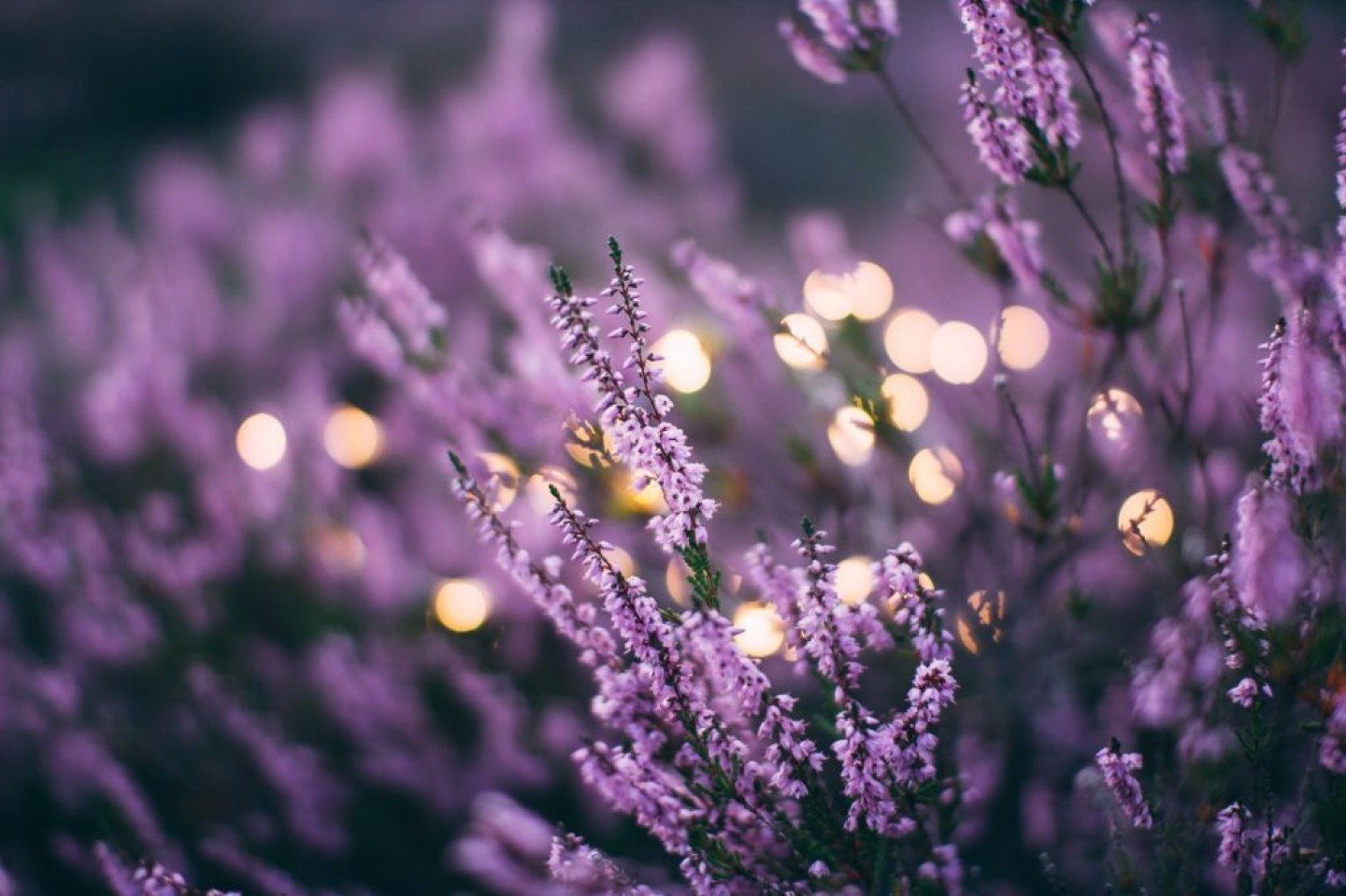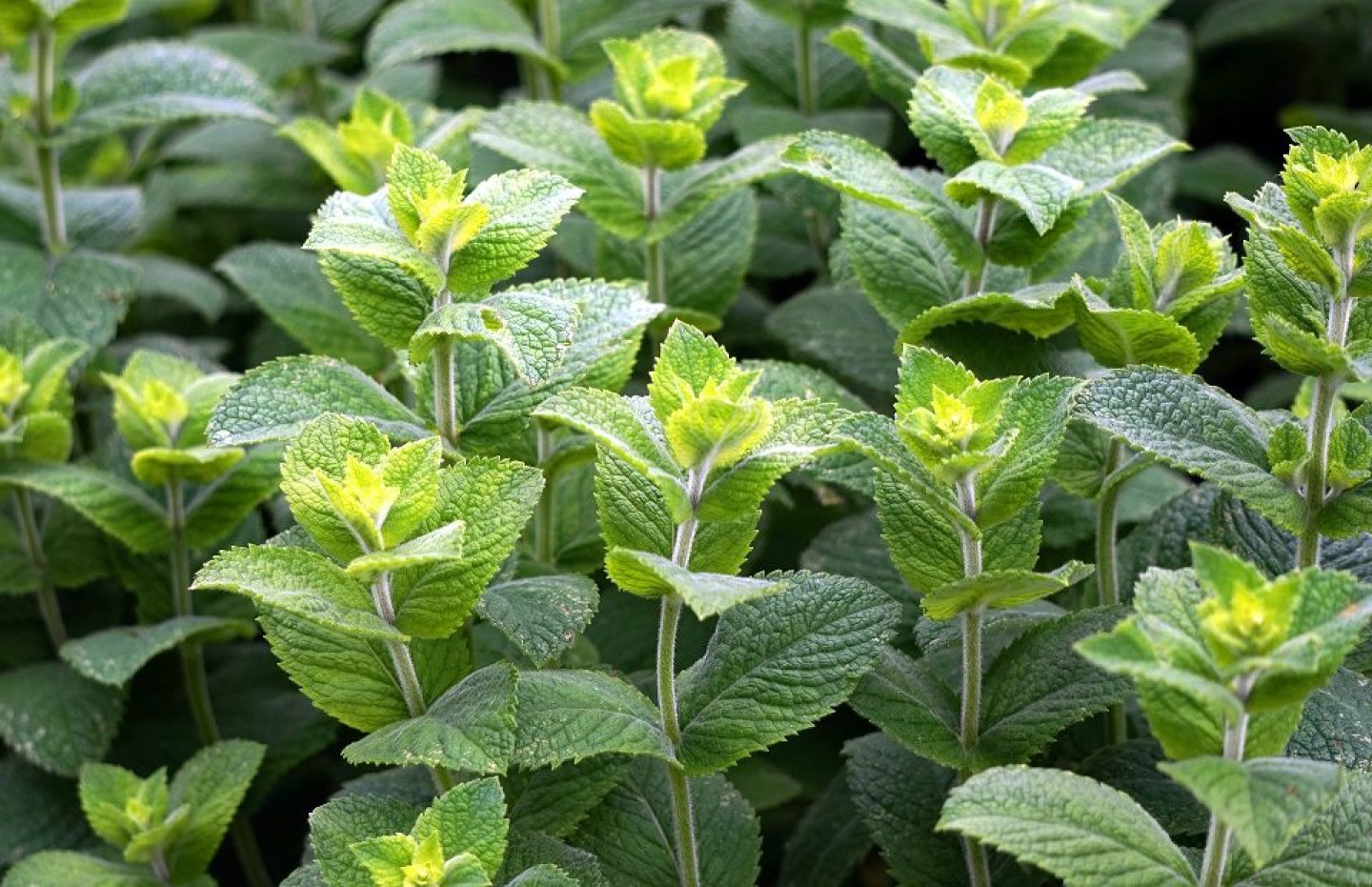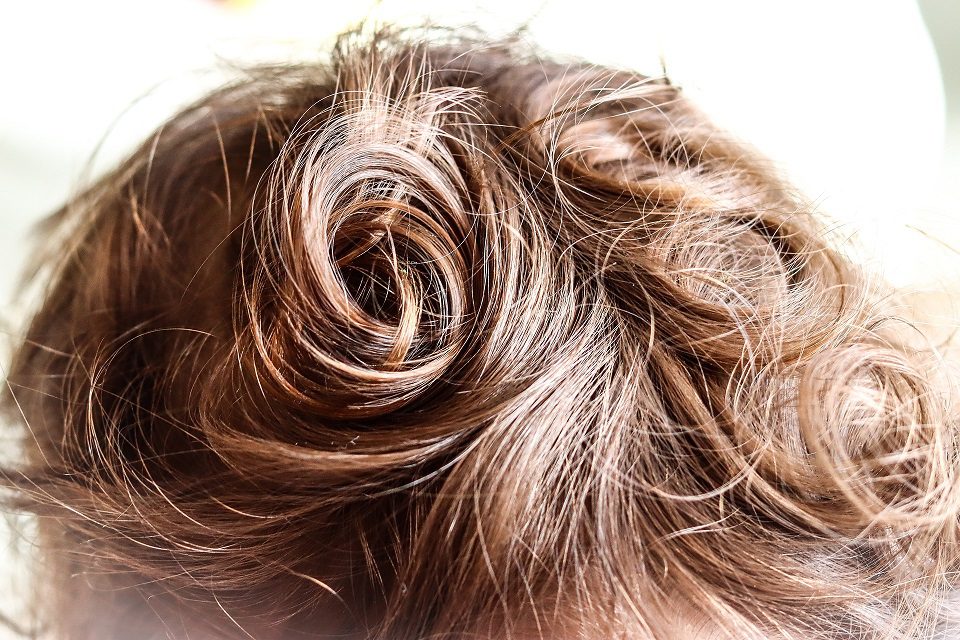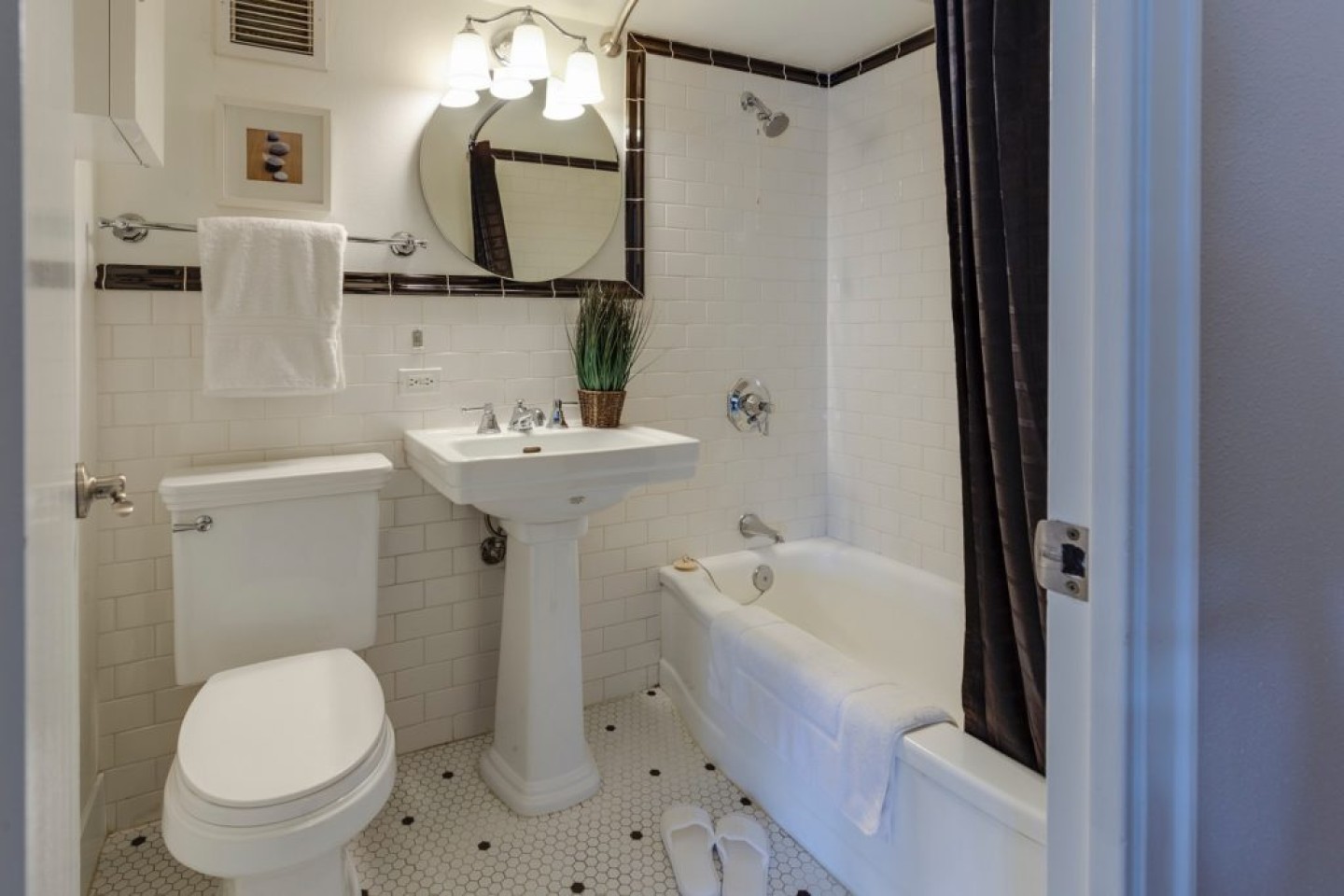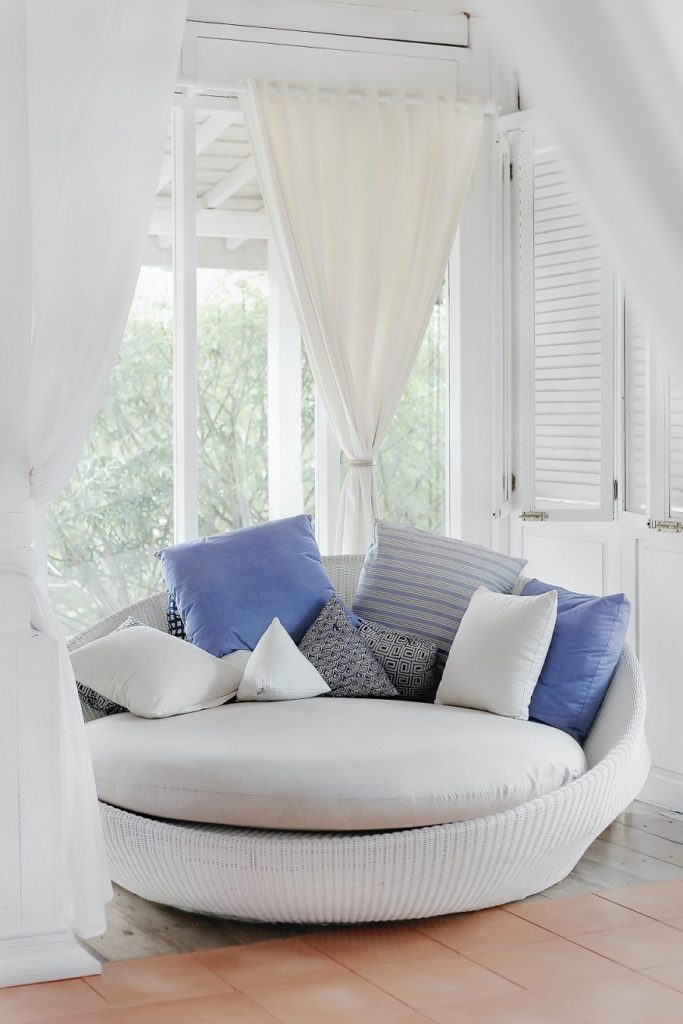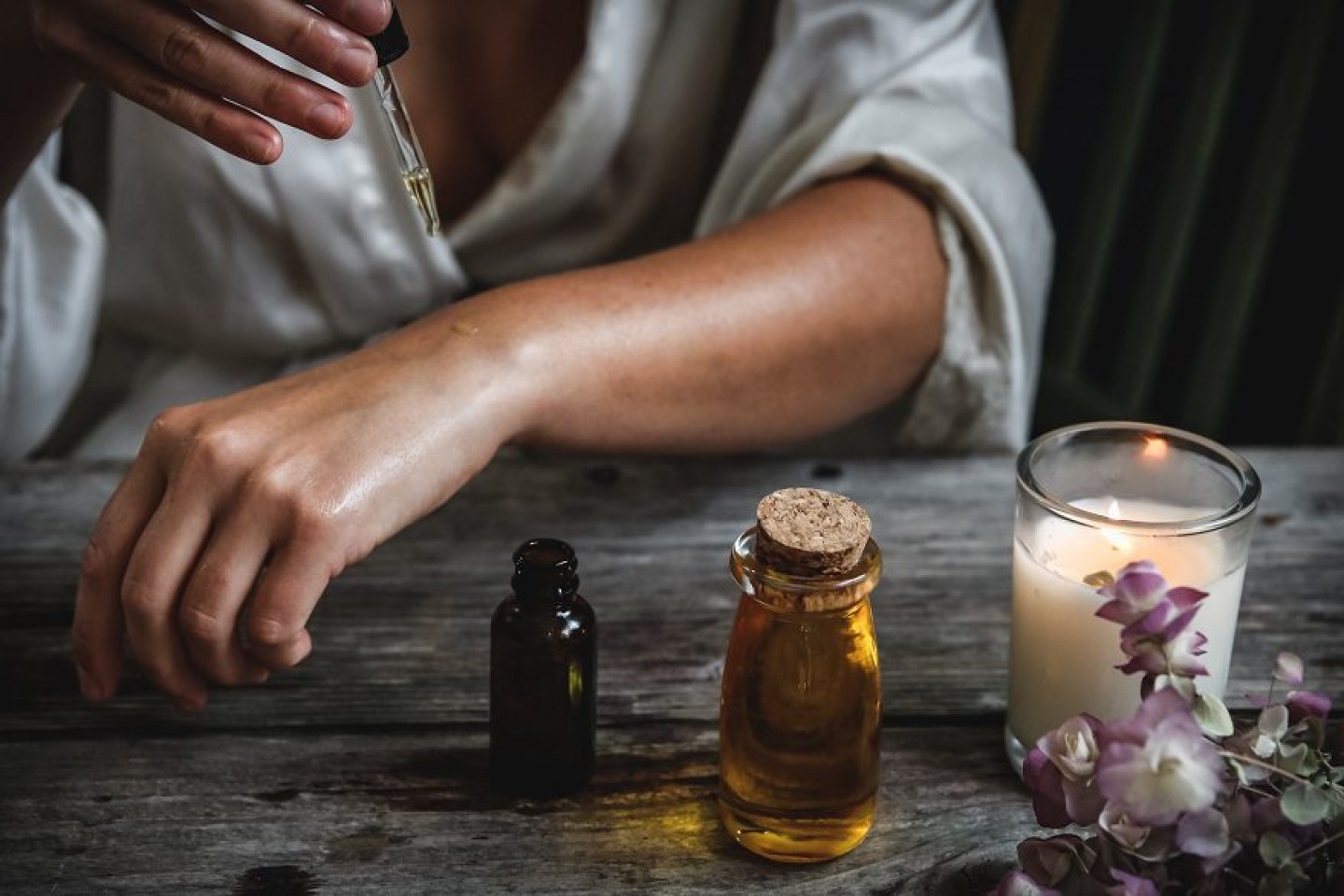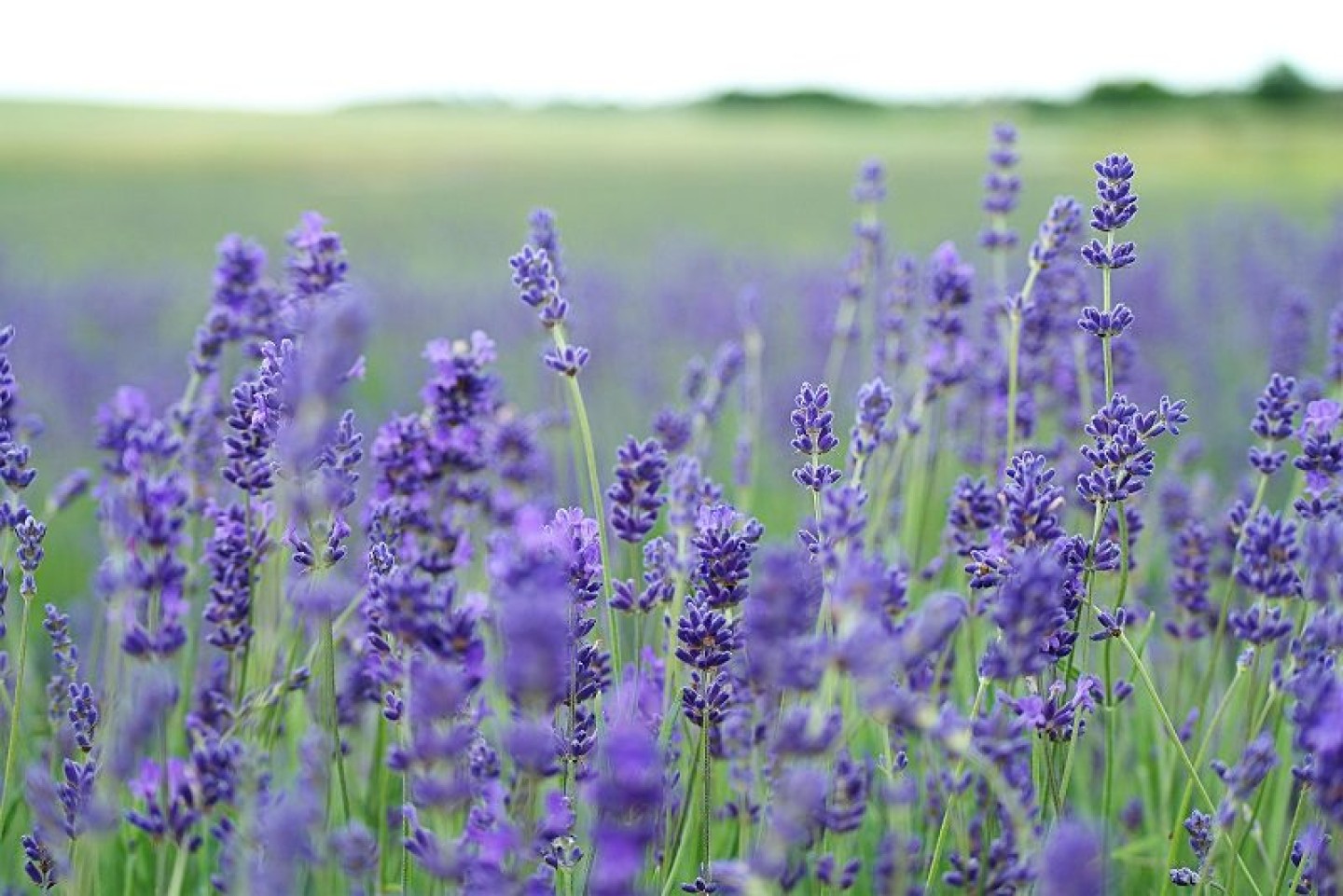Top Lavender Essential Oil Benefits and Uses to Enrich Your Quality of Life
Lavender essential oil is loved and respected in the aromatherapy arena. It’s versatile and equipped with naturally occurring chemicals to soothe a wide range of ailments.
To date, lavender essential oil is one of the most researched and tested plant essences. If you’re looking to dive into the wonders of lavender, including its benefits and uses, this article highlights a few from a scientific perspective.
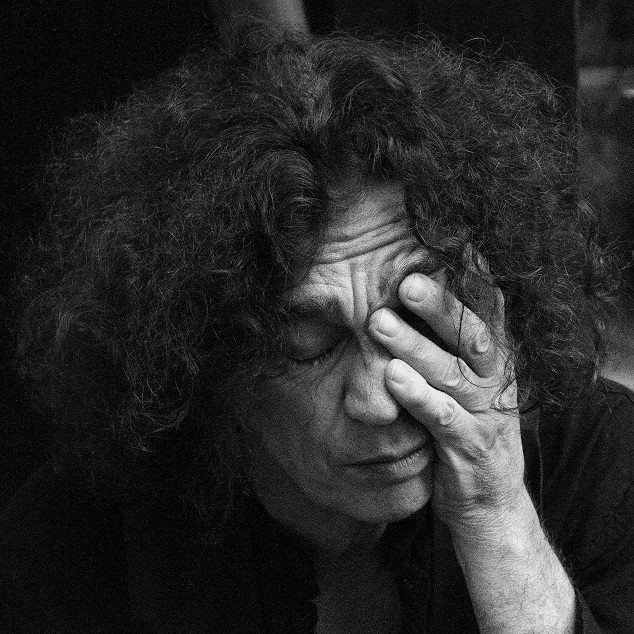
Relief for Migraine and Headaches
Lavender essential oil imparts more than just ‘feel-good’ vibes. With its rich calming and pain-relieving profile, lessening the effects of a migraine is one of the many benefits that lavender lipids tout.
Around forty-seven individuals identified with migraine headaches participated in a controlled trial to determine how lavender oil’s purported analgesic properties could be of benefit. Through a pain rating scale, participants of the lavender group saw an average reduction of 3.6 ± 2.8, in comparison to the placebo group that didn’t use lavender with a reduction rate of 1.6 ± 1.6
This pain rating score showed a significant reduction. Where there were 129 cases of migraine attacks, it was revealed that 92 of these attacks showed positive responses to lavender EO.
Applying our lavender oil roll on to affected areas could lessen the intensity and frequency of the migraines and headaches you deal with.
Soothes Other Types of Pain
Headaches and migraines aren’t the only painful conditions lavender oil assuages. Sore and painful joints and muscles are common occurrences people living with diseases like arthritis and other musculoskeletal disorders have to contend with. Lavender used in a blend of oils to massage stiff and painful areas may provide relief for these individuals.
People undergoing dialysis and are often left in pain because of needle insertion may use lavender EO to help reduce discomfort.
For diabetics with neuropathic pain, using lavender EO may improve their quality of life through pain reduction. This was demonstrated through a study spanning from 2019 to 2020. Seventy-five neuropathic patients participated. Those in the lavender group received light massages on their feet using a 3% solution each night before reclining to bed for 10 minutes. This intervention was administered for up to a month.
Compared to the pain rating score of the control and placebo groups, recipients of the lavender foot massage showed a considerable reduction in neuropathic pain.
Massaging affected muscles and joints with our lavender massage oil could provide similar results when used consistently, as shown in the studies above.
Soothes Menstrual Cramps
Do you get terrible, cinching cramps during your menstrual cycle? Menstruation affects women in different ways. However, a whopping 80% of women will experience period pain at some point in their lifetime.
If you fall within this category (or know a loved one with serious cramps), massaging the lower abdominal region a few days leading up to your menstrual cycle with lavender oil roll on may lessen the intensity of cramps.
Some forty-eight women diagnosed with dysmenorrhea (painful periods) were asked to participate in a double-blinded, randomized trial. These women were then assigned to different groups, some to a synthetic fragrance group and the other to an EO group.
A mixture containing clary sage, marjoram, and lavender essential oil was combined in an unscented cream and applied to the abdomen. Each participant applied the mixture after their last period leading up to the beginning of the next. Each outpatient saw a significant reduction in menstrual pain.
All the essential oils used in the blend contained up to 79.29% analgesic compounds. The primary components of each EO responsible for this activity included eucalyptol, linalyl acetate, linalool, and β-caryophyllene. As mentioned before, lavender essential oil contains mainly linalool and linalyl acetate. No doubt the intensely sweet aroma added to the effectiveness of the blend, as it’s rich in the aforementioned compounds.
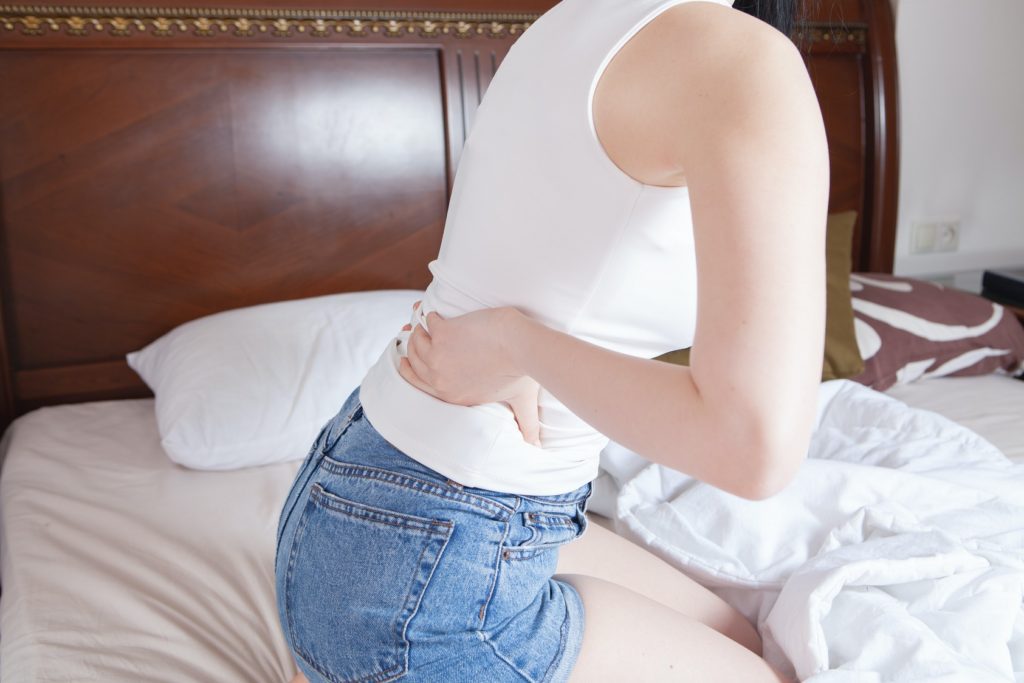
Nursing students with dysmenorrhea also benefited from the pain-relieving properties of lavender essential oil. An assessment carried out from October 2010 to January 2011 in the Faculty of Nursing at Mansoura University in Egypt used 100 students to test the effectiveness of lavender on period cramps. Each participant had to meet strict requirements for consideration, and those who had hormonal treatment done during the past 6 months and married weren’t included.
The group using aromatherapy received 10-minute abdominal massages using a combination of lavender, clove, rose, and cinnamon essential oils in a carrier. This was administered by the researcher once every day for up to a week before the participant’s menstruation.
The study revealed that students who participated in the aromatherapy group saw a decline in pain and its duration after the third application. Outstandingly, side effects weren’t reported for this assessment.
While lavender’s potency is heightened when used in a blend consisting of other oils, simple inhalation of the floral essence is also effective, according to another study.
It could help suffering women stave off some of the excruciating pain encountered during their cycle.
Our lavender massage oil was designed to provide pain relief for women who need it most.
Eases Premenstrual Symptoms
Women also have to contend with emotional issues as their period draws nigh. Some of these emotional symptoms include mood swings, which could induce a measure of anxiety, irritability, and sadness.
A small study showed that inhaling lavender oil for up to 10 minutes may improve lowliness of spirit and the blues leading up to a woman’s period. The study hinted that this positive effect could be as a result of “improvements in the parasympathetic nervous system activity”, which increased after inhalation.

Repel Adult Ticks
If you and your family go into panic mode during tick season, research shows that lavender may help you resist them for up to 2 hours when used in a solution between 10 to 20%.

Wind-Down After a Long Day
If relaxation is the game, lavender is the name. The oil is deep-rooted in aromatherapy for its ability to soothe the mind. Think about a baby being lulled and assured in the arms of a nurturing mother. Perhaps that’s how many feel after using lavender essential oil.
The chemical profile of the oil imbues it with sedative and relaxing properties. About 50% and 45% of lavender essential oil consist of linalool and linalyl acetate, respectively. These compounds are largely responsible for the aromatic’s calming impact.
Research showed that the essence of lavender caused a considerable decline in blood pressure and heart rate, which are all indicators of the oil’s ability to relax autonomic arousal. Recipients of lavender also touted how “relaxed” and “fresher” they felt after inhaling the sweet, floral essence.
After a long, bustling day at the office or running errands, a soothing massage using Positive Essence’s massage oil or lavender oil roll on could be a fine treat to gift yourself. Another option is to add a few drops of our lavender essential oil to a diffuser and drift the day away.
May Improve Sleep Quality
A growing number of people have shared how lavender extract has contributed positively to their sleep quality on online forums, especially in Facebook groups.
Is there any research available to substantiate such?
Absolutely.
In a pilot study conducted in the Intermediate Care Unit (IMCU), with some 50 participants, lavender essential oil was administered through inhalation. A container with 3 ml of the sweet-scented extract was placed along the bedside of these volunteers for 8 hours, from 10 in the night to 6 in the morning.
The pulse rates, blood pressure, respiration rates, and temperatures of each participant were taken at specific periods and recorded. Through an assessment of each participant’s vital signs and questionnaires completed, results revealed that the sleep quality of the group using lavender was higher. This was in comparison to the group that lavender essential oil was not administered to.

A similar study saw 31 young adults, between the ages of 18 to 30, rise with greater enthusiasm and energy after exposure to lavender essential oil. During an overnight session, the oil not only increased the general percentage of participants’ deep sleep but slowed down rapid eye movement (REM) sleep and wake time. This meant that volunteers slept for longer periods, with fewer waking moments.
The research highlighted lavender essential oil’s “practical application” as a way to encourage “deep sleep in young men and women.”
If you struggle to initiate and stay asleep at night, you can test out our lavender room spray to help improve your slumber and wake up feeling refreshed in the mornings.
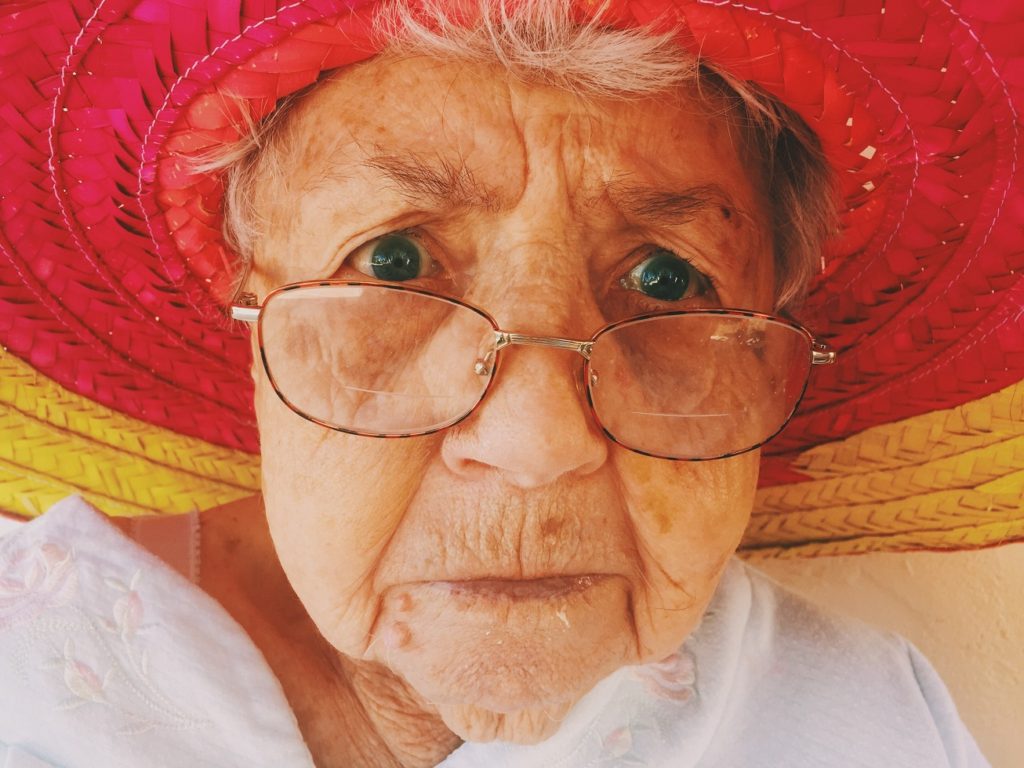
Decrease Irritable and Aggressive Behaviour
Lavender essential oil has a way with emotional issues. Its strong sedative properties act much like a tranquilizer for the emotions. If you’re feeling on edge, perhaps anxious or irritable, lavender could be the soothing touch you need to keep calm and collected.
A randomized controlled study conducted using dementia patients showed lavender positively influencing aggressive behavioral tendencies of the elderly. This was after a concoction of the oil was administered via hand massage for up to 2 weeks.
In a similar study with severe cases of dementia, results showed that 60% (9 patients of 15) experienced positive emotional improvements, 33% (5 persons) saw no change, while 7% were more agitated.
In general, lavender is one of those oils people flock to when they need to feel better, settle uneasiness, and reduce bouts of sadness.
Lavender essential oil isn’t a miracle drug or one-size-fits-all treatment. However, its primarily calming and pain-relieving constituents create a powerful aromatic that’s easy to work with and can be used across a wide array of age groups. If you’re just jumping onto the lavender oil bandwagon, please take a look at our lavender collection. We have lavender linen and room sprays, lavender roll ons, lavender essential oils, and lavender massage oils that you can try.
